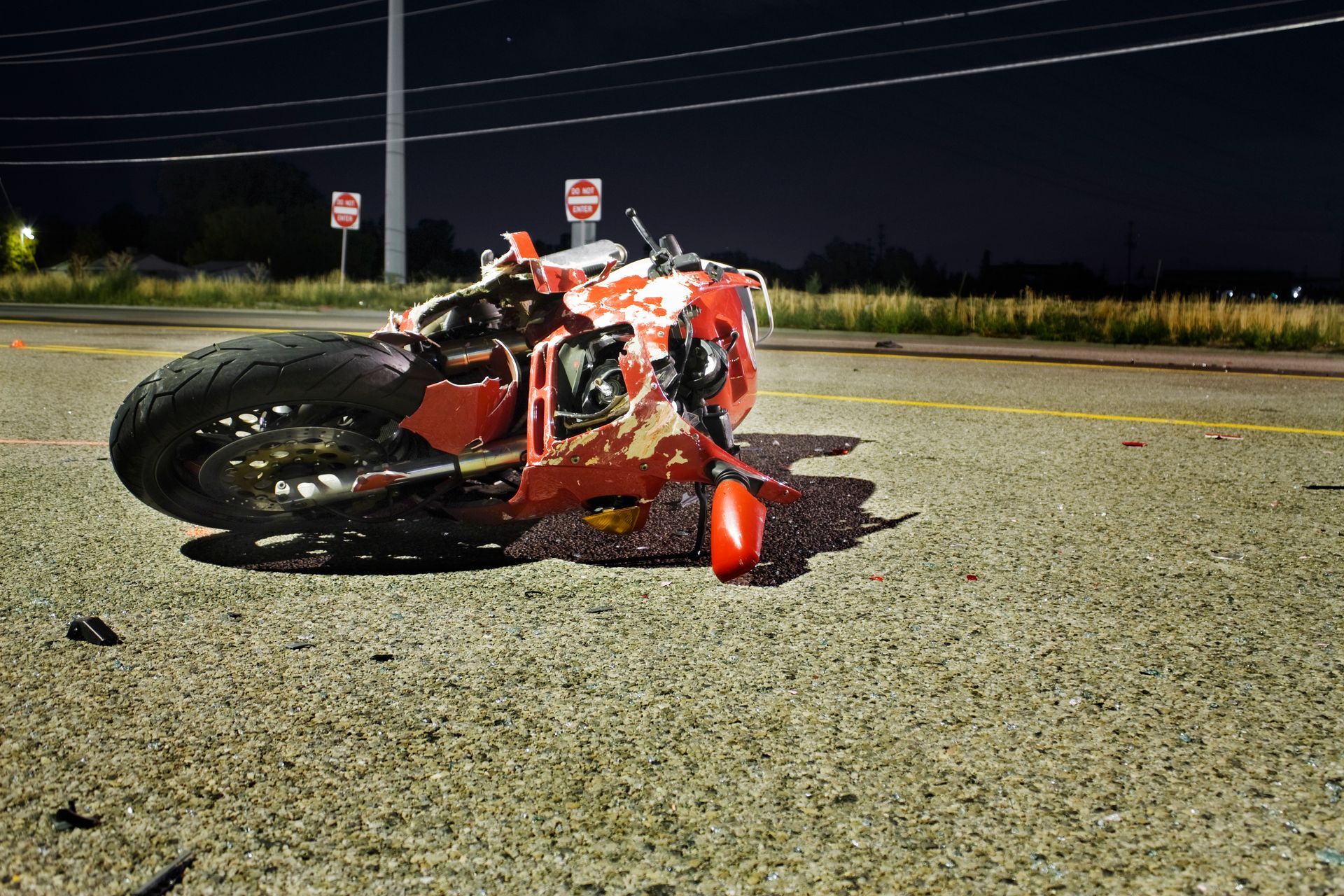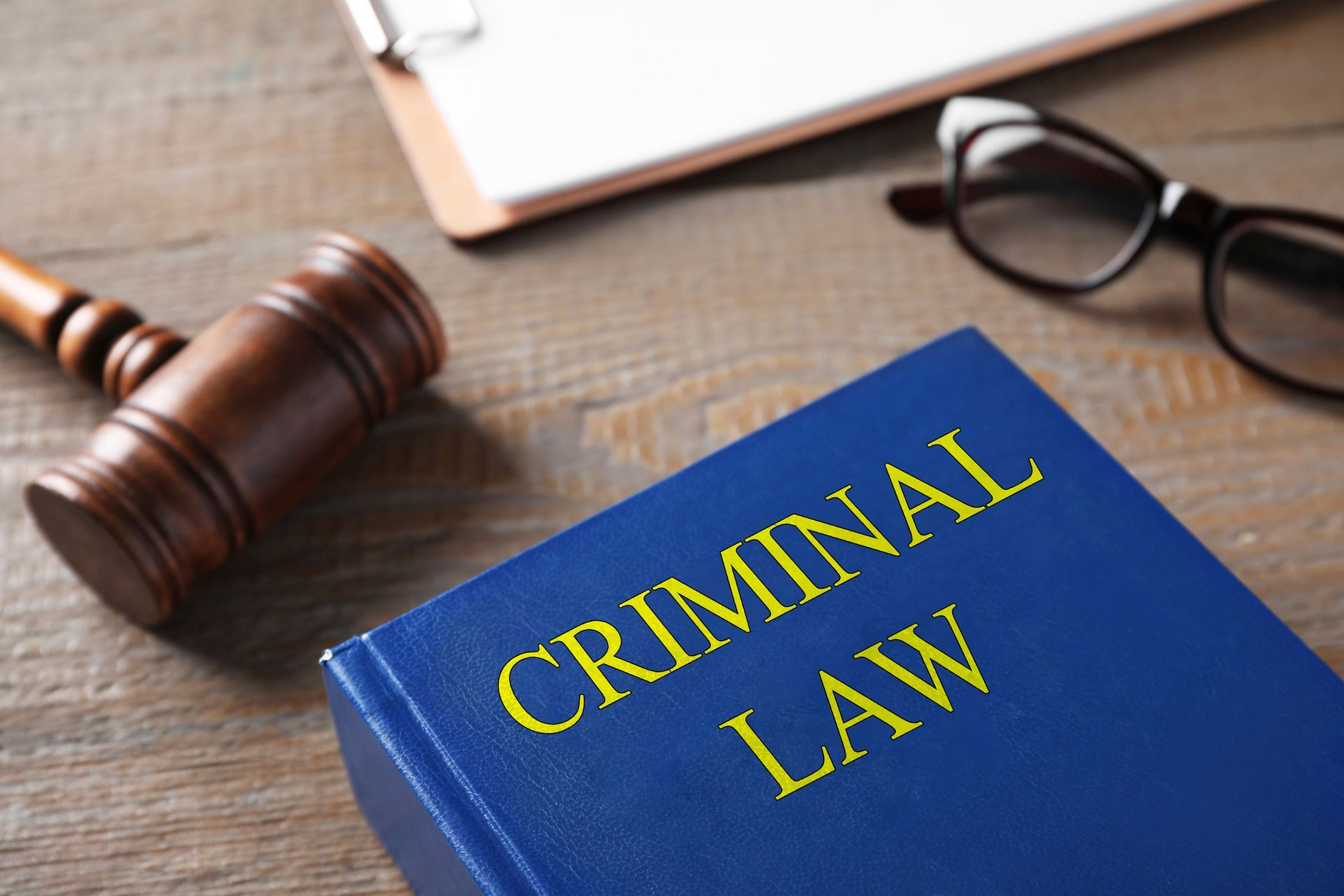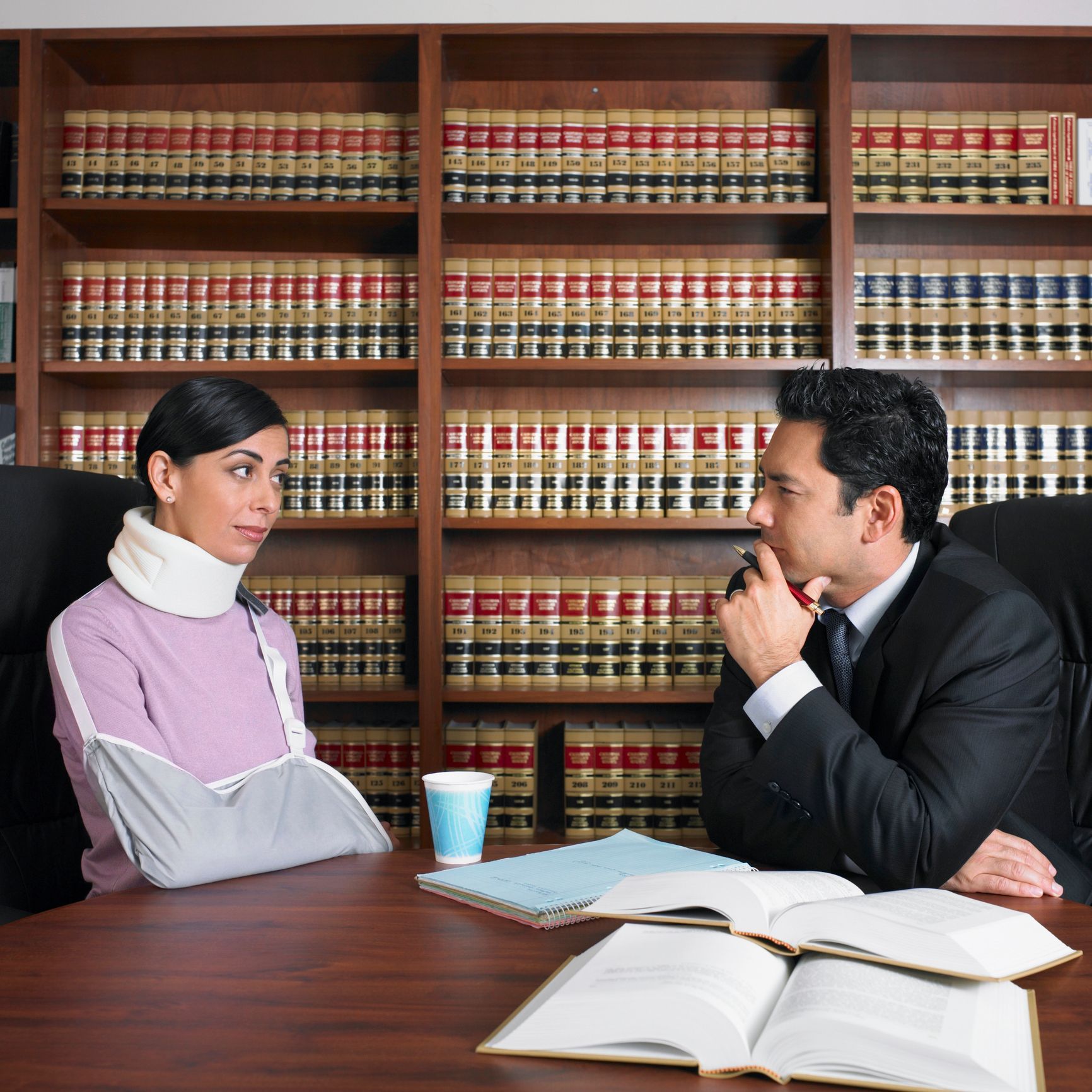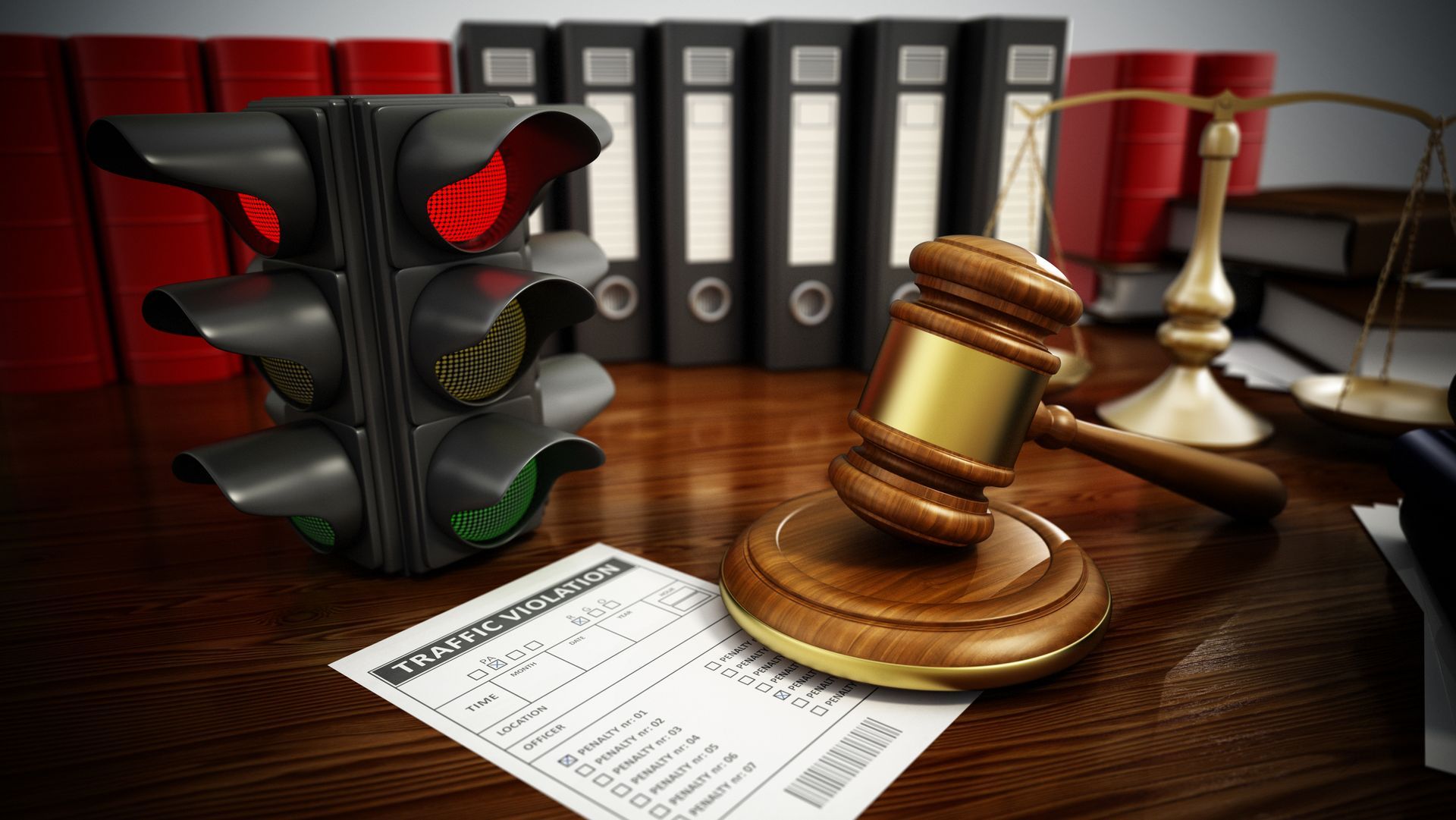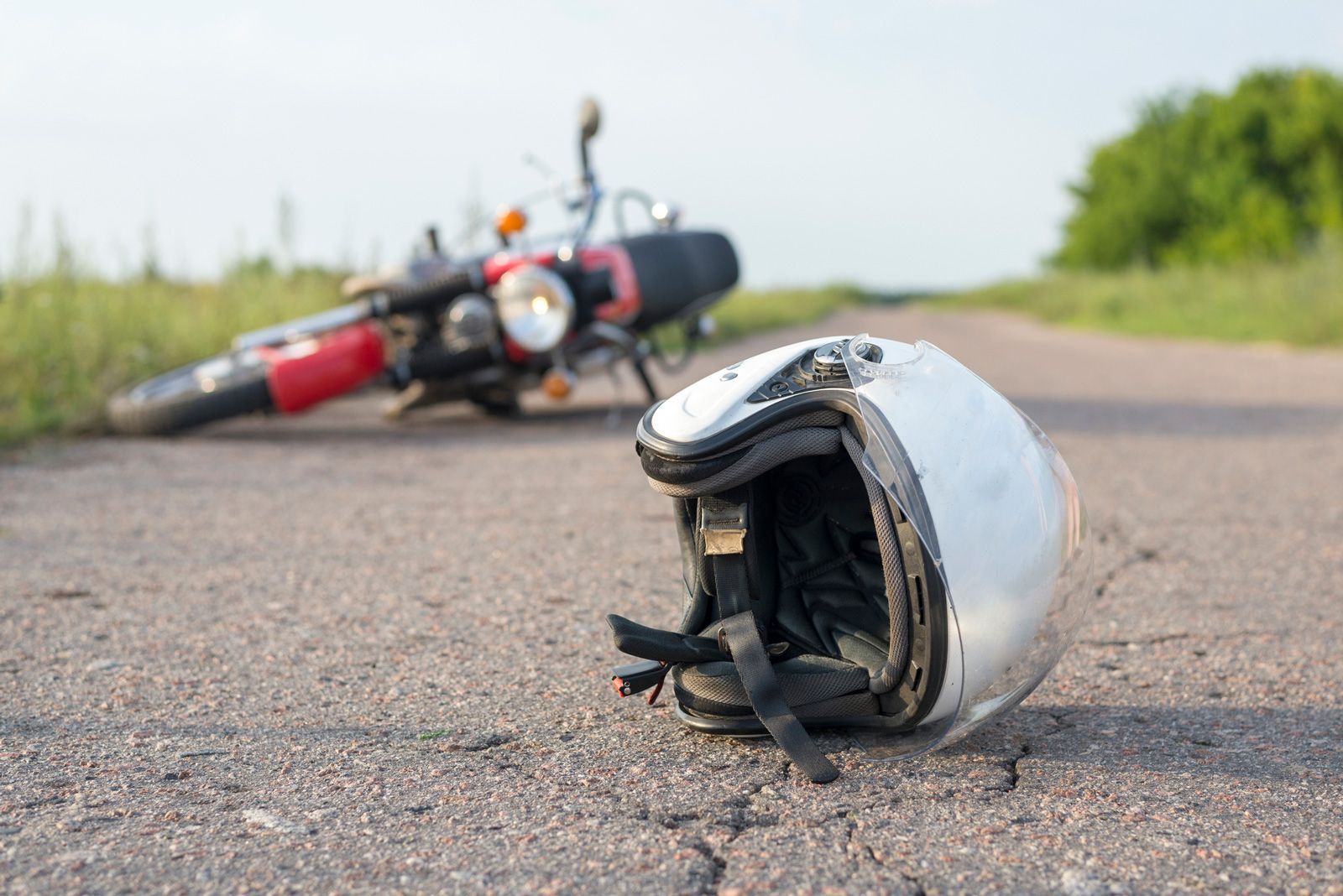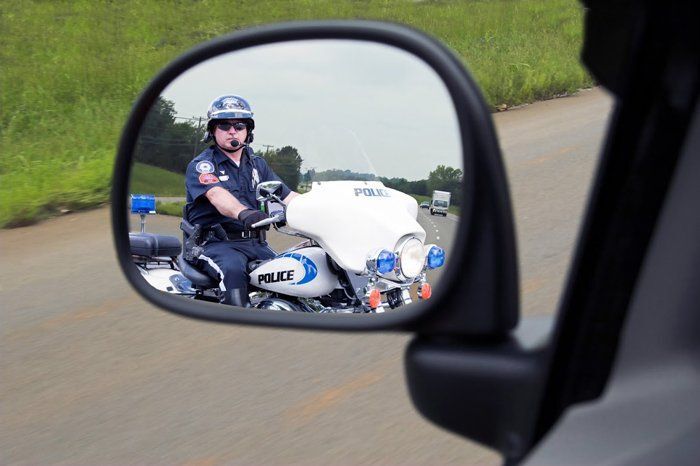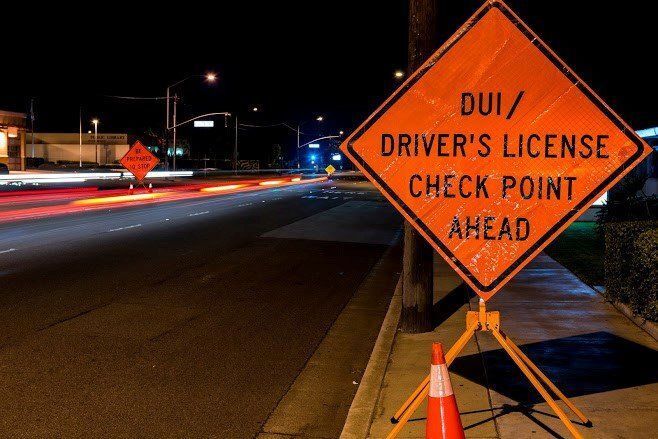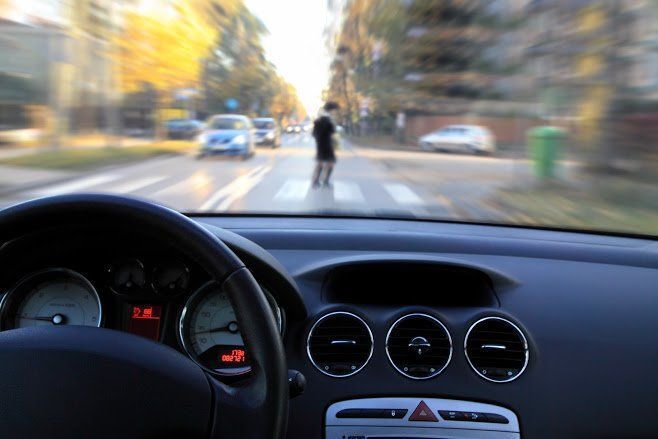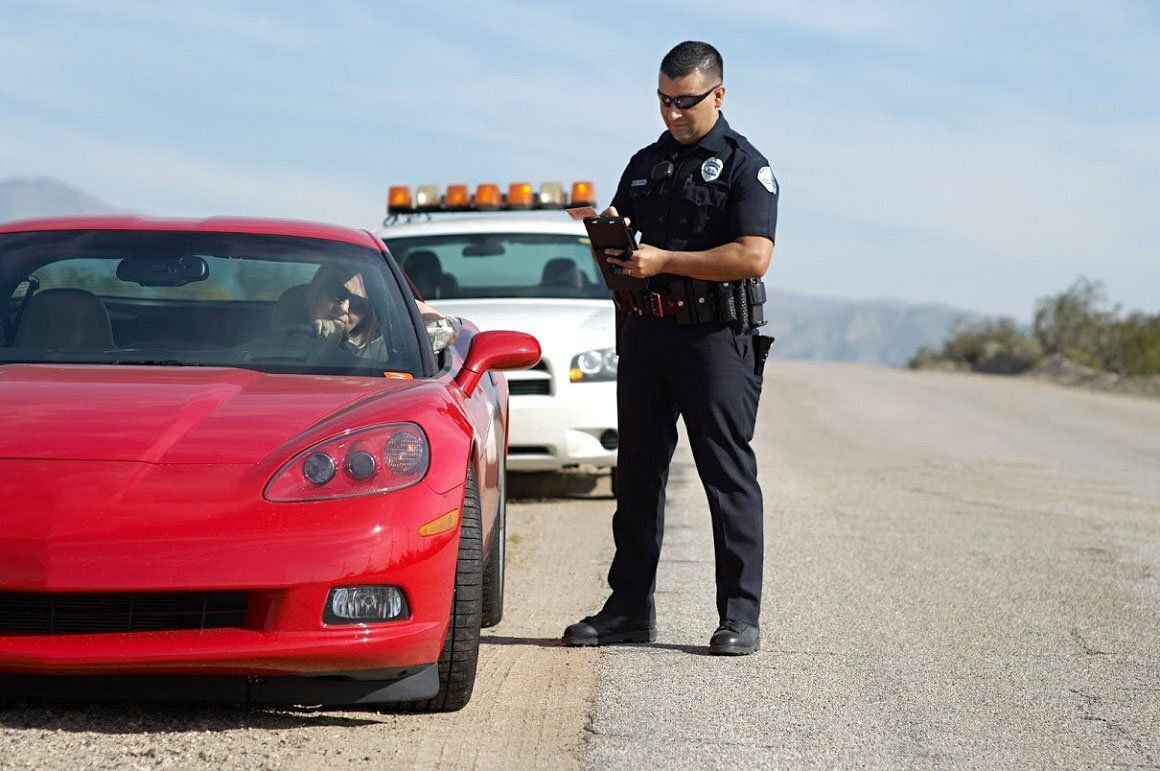Telephone, Video, or In-person Appointments Accepted at this Time
Call Us Today!
606 Pine St, Hillsville, VA 24343
BLOG
Legal Disclaimer: This website is not intended to serve as legal advice. Please contact an attorney for advice to discuss the specific facts regarding your individual situation. Contacting our firm or reading the materials posted on this website does not create an attorney-client relationship. While we encourage you to contact us, please refrain from sending confidential information until an attorney-client relationship has been established. While we are proud of our past results, they cannot predict or guarantee similar future outcomes.
Content, including images, displayed on this website is protected by copyright laws. Downloading, republication, retransmission or reproduction of content on this website is strictly prohibited. Terms of Use
| Privacy Policy

